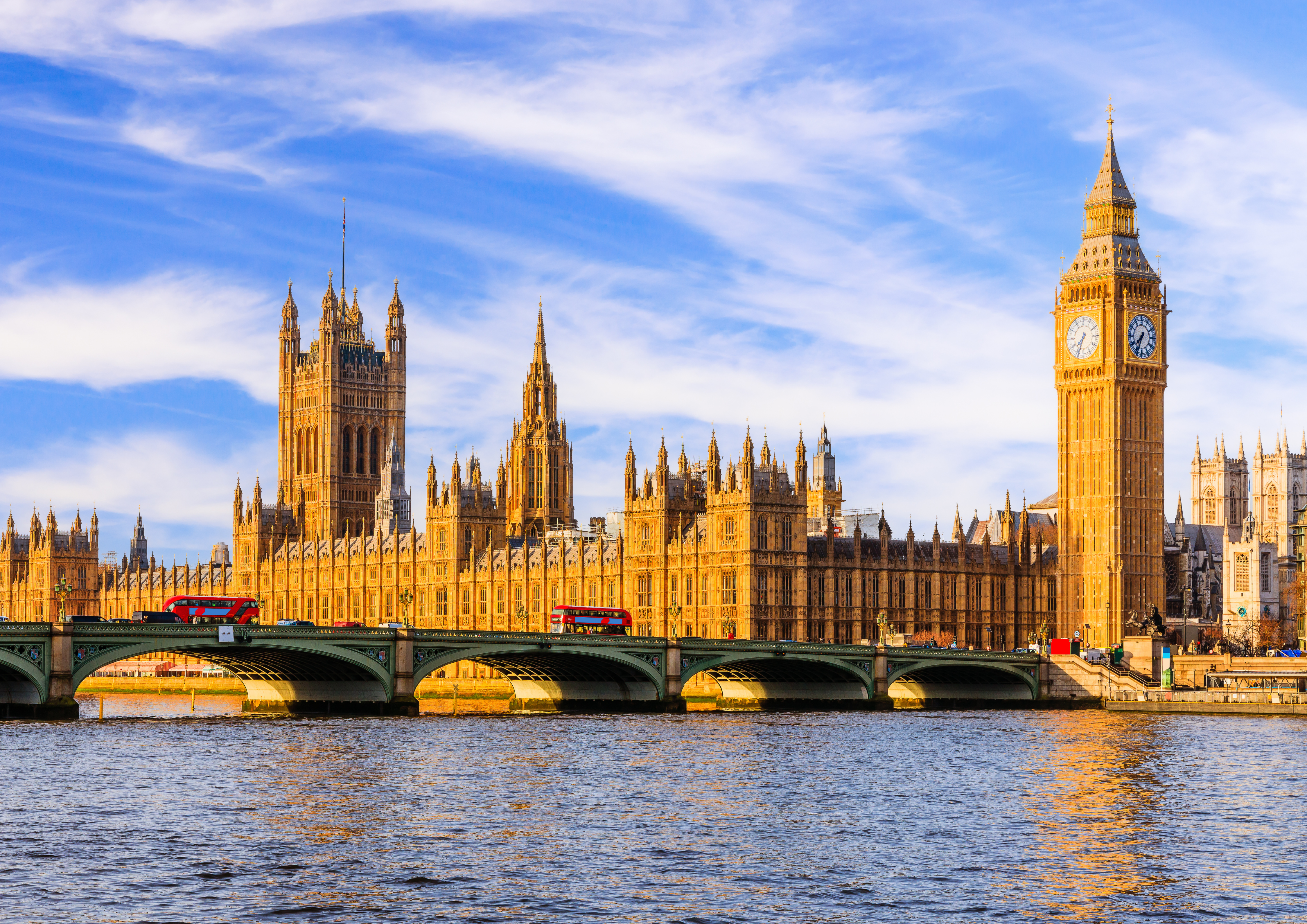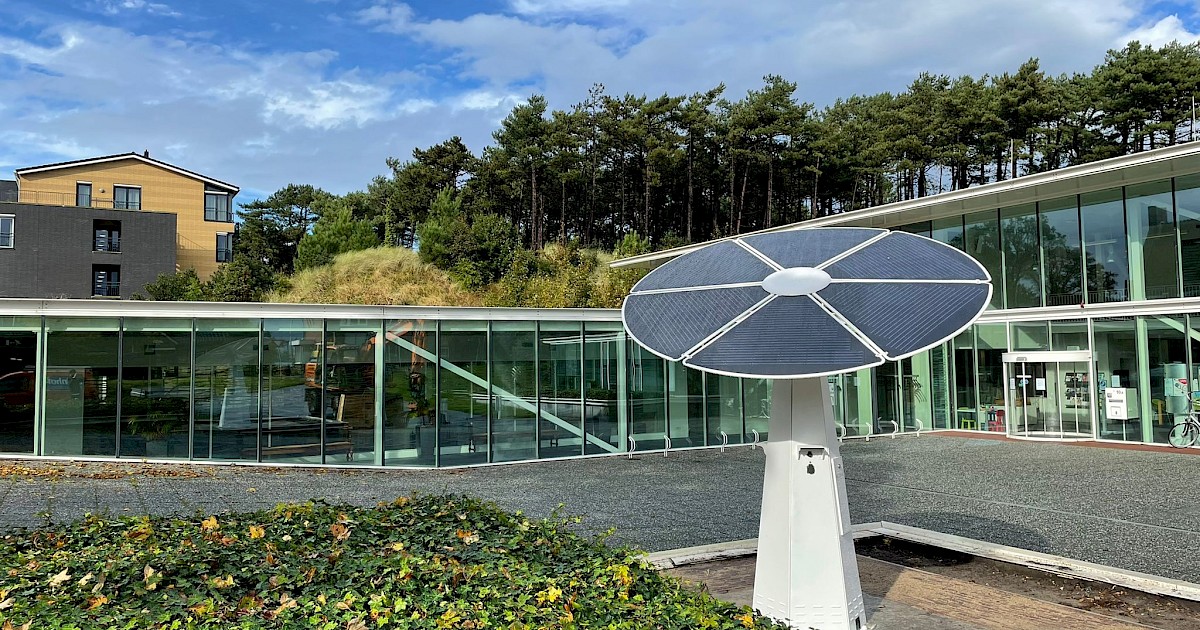According to Agoria, member of the Federation of Belgian Enterprises, Europe has a strategy in place to tackle the climate-neutral building stock for large consumers. However, when it comes to other industries, each member state must devise its own plan of action. Since Belgium is home to 5 million buildings – that emit CO2 to generate energy for their own heating and cooling – it makes sense that the Belgian government is trying to reduce CO2 emissions primarily through their building stock. The building industry alone is responsible for 36% of CO2 emissions in Europe. After all, Belgium’s building-related CO2 emissions might be reduced up to 91% by 2050.
According to Agoria, each owner of a building is self accountable for attaining this goal. Currently, the requirement is met by about 3% of all structures in Belgium. The remainder of that 97% must become sustainable, renovated or rebuilt as quickly as feasible. Even though Europe requires all of its members to have a climate-neutral building stock by 2050, the details of what constitutes “climate-neutral” are left up to the individual nations. In Belgium, each region has developed a definition for the building stock. This has taken the form of a minimum requirement that must be met, which corresponds to one or more labels on the EPC or EPD certificate.
By 2030, Belgium promises to cut its CO2 emissions by 35%. One of the industries Belgium is focusing on is construction. In Belgium, the residential building sector is responsible for 13.3% of all greenhouse gas emissions, compared to the tertiary sector’s 4.8%.








